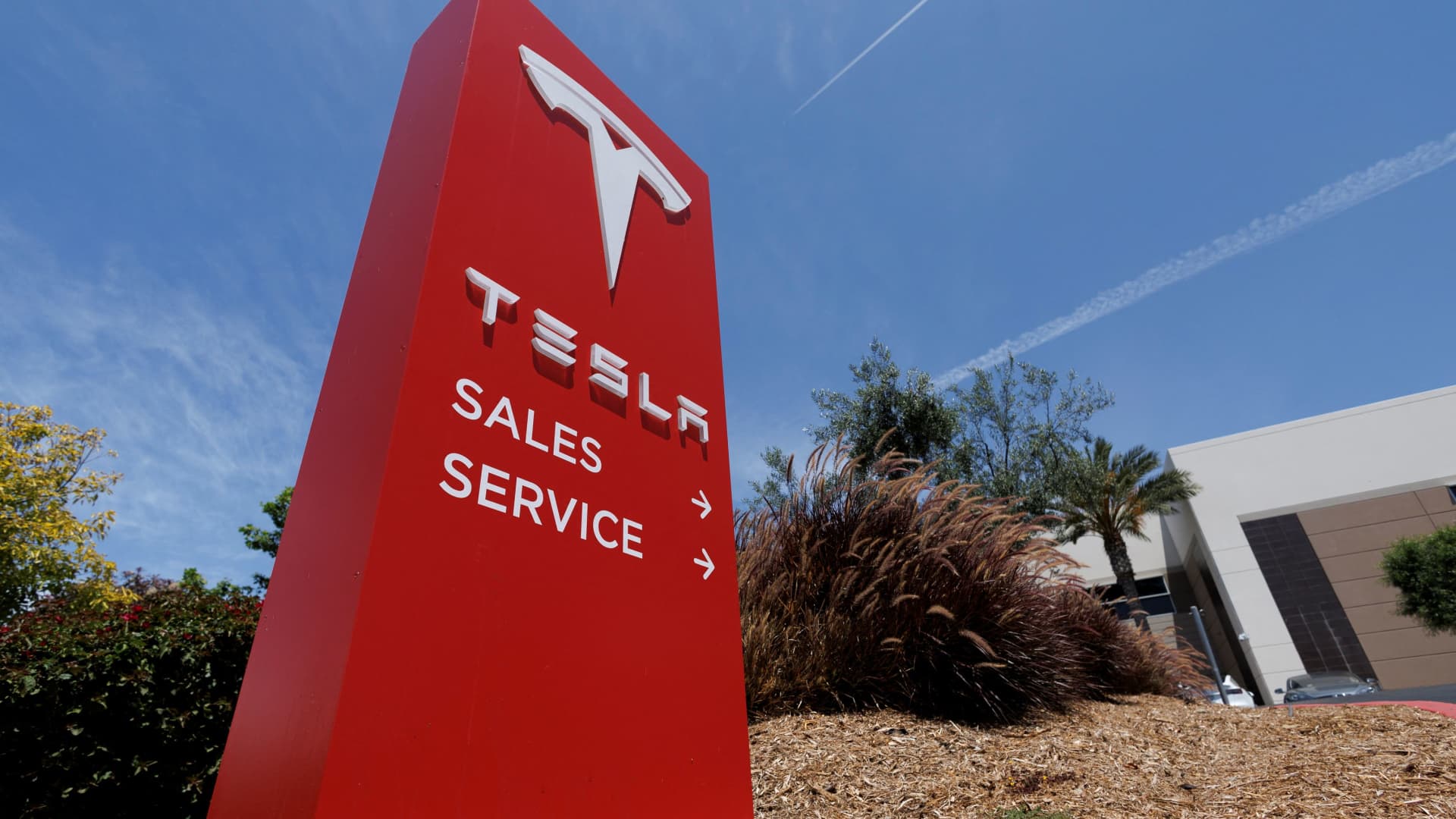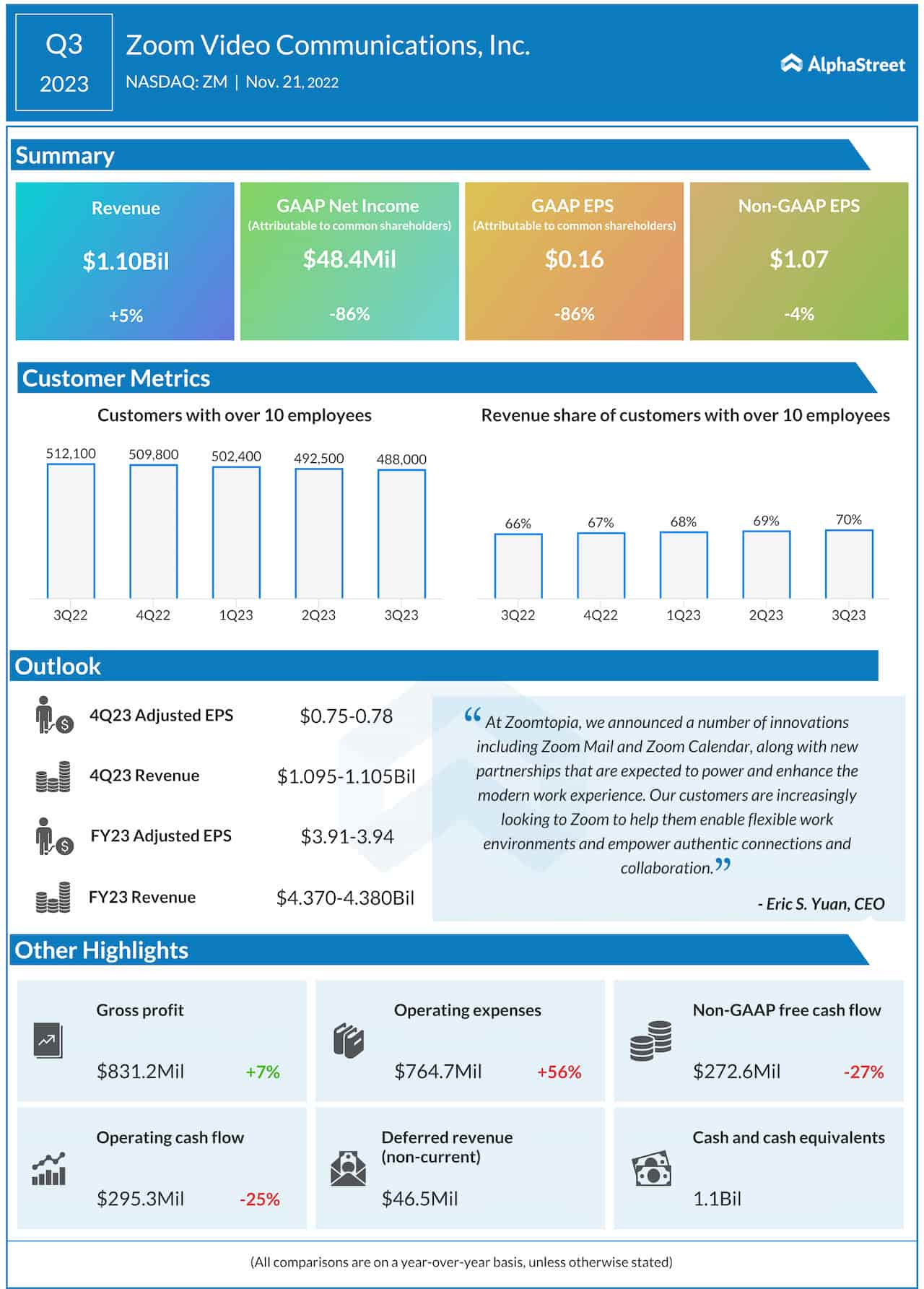Published on September 9th, 2022 by Josh Arnold
Kellogg Company (K) is perhaps one of the US’s most well-known consumer staples brands. The company’s ubiquitous cereals and snacks have dominated store shelves for many years, and it has afforded shareholders nice returns and a reliable dividend.
Kellogg has also raised its payout for 18 consecutive years, putting it on the list of blue-chip stocks which have raised their payouts for at least a decade consecutively.
You can download the full list of blue-chip stocks (along with important financial metrics such as dividend yields and price-to-earnings ratios) by clicking on the link below:
Kellogg’s has grown over time through organic market share gains and various acquisitions. While Kellogg is known for its cereals, it has plant-based food options and a massive snack business. This diversification, and the staple nature of most of its products, have helped it weather recessions quite nicely in the past. In addition, this diversification means the company has consistently raised its dividend for nearly two decades.
However, Kellogg recently announced plans to split from a single conglomerate into three independent companies. Following the spinoff, Kellogg will form a Global Snacking Company, a North American Cereal Company, and a Plant Company.
The obvious question for investors is what to do with the shares of Kellogg with this separation looming. Below, we’ll examine the factors investors should consider.
Kellogg Spinoff Overview
Today, Kellogg is a highly diversified manufacturer of snacks, breakfast foods, and plant-based foods that operates globally. The company has dozens of popular brands in its portfolio that collectively help it generate about $15 billion in revenue. Kellogg’s trades with a market cap of $25 billion following some strength in the share price.
Source: Investor presentation
The company proposes tax-free distributions of the planned cereal and plant-based companies to Kellogg shareholders, which would leave the snacking business for what is now Kellogg. Management plans to spin off both entities by the end of next year, so there’s a fairly long horizon on this one.
Importantly for dividend investors, the company is looking into the dividend policies of the independent companies, and management promises a “strong aggregate dividend” between the three companies. Generally, in this type of situation, we would expect the initial aggregate dividend of the independent companies to be at least equal to that of the pre-spinoff entity. Initial indications are that we’ll see something similar in the case of Kellogg.
How Will the Spinoff Impact Future Growth?
The core of Kellogg today is the snack business, and that is the part that will remain post-spinoff. That business will have between $11 billion and $12 billion in annual revenue, and the company believes it will initially grow in the low- to mid-single digits in terms of revenue. While this business will contain the international cereal segment, the lion’s share of sales will be from the global snacks business.

Source: Investor presentation
The proposed North American Cereal company will have a portfolio of very popular but lower-growth brands that generate about $2.5 billion in annual revenue today. Kellogg notes this business has a very strong market share, but that share is in a segment – breakfast cereals – that has seen declining overall demand over time. Profit margins are high, however, and Kellogg believes the proposed dividend of this company will be attractive. Given its low-growth/high-profit model, this company will likely be a strong income stock one owns for the yield.
Finally, the plant-based business is expected to be the high-growth vehicle out of Kellogg’s current portfolio, as it is a fraction of the size of the other two businesses, at less than $400 million in annual revenue. However, Kellogg has robust international growth plans for this business, so we expect it to post high-single-digit growth levels or better post-spinoff. We see the opportunity for a dividend to be the weakest in this business with its focus on growth, so shareholders have three distinct options post-spinoff.
What should Kellogg shareholders do?
The rationale behind breaking up conglomerates is generally the same; management of the conglomerate wants to hopefully unlock additional shareholder value by having more than one focused company rather than a bigger company with sometimes competing priorities.
In Kellogg’s case, the three proposed companies sell different products in different markets with different growth and profitability profiles. We see the rationale behind this decision to be sound, and it offers benefits over and above what has been achieved thus far with Kellogg as a single entity.
For instance, having three management teams instead of one will help focus effort on that particular business goal. The plant-based company, for instance, will be laser-focused on growing the top line. The cereals business will be focused on taking market share and operational efficiency. The snack business will take a more balanced approach of some growth and some margin expansion. In theory, these focused management teams should be more efficient at managing those businesses than a conglomerate.
In addition, it gives shareholders the chance to choose what version of Kellogg they’d like to own. Today, shareholders can buy the conglomerate or nothing at all. Post-spinoff, if Kellogg shareholders are focused on income, for instance, they can sell their Plant Company shares and reinvest the proceeds in Snacking or Cereals.
Given this, we see sizable benefits for shareholders post-spinoff, and we think this is the best way for management to maximize value for shareholders.
After the spinoff is complete, what shareholders should do depends upon their particular goals. We think simply holding all three companies will outperform what Kellogg was able to do on its own. However, a higher mix of Plant Company would be more appropriate for more growth-focused investors. A higher mix of Cereals and Snacks may be appropriate for income-focused investors. Part of the value of the spinoff is the choice afforded to investors, but we also think just holding all three is a viable strategy.
Final Thoughts
Kellogg’s has been a strong income stock for many years. However, the nature of its business has meant that growth has slowed over time. The proposed spinoffs should, in our opinion, unlock additional value for shareholders by the end of next year.
Post-spinoff, we see three companies with distinct growth and dividend stock characteristics and much better choices for shareholders to help meet their goals. We think there’s merit for all three post-spinoff companies and that simply holding through the spinoffs will yield favorable results.
Management has already made it clear that post-spinoff dividends are a priority, and we’ll receive more information in the coming months. But on the whole, we take the spinoff proposal as a positive development that increases the stock’s attractiveness between here and there.
Additional Reading
The following Sure Dividend lists contain many more high-quality dividend stocks:
Thanks for reading this article. Please send any feedback, corrections, or questions to [email protected].
















